Defence Sector Market Summary
As per MRFR analysis, the Defence Sector Market Size was estimated at 2133.46 USD Billion in 2024. The Defence industry is projected to grow from 2200.67 USD Billion in 2025 to 3000.86 USD Billion by 2035, exhibiting a compound annual growth rate (CAGR) of 3.15 during the forecast period 2025 - 2035.
Key Market Trends & Highlights
The Defence Sector Market is currently experiencing a transformative phase driven by technological advancements and geopolitical dynamics.
- Technological integration is reshaping defence capabilities, particularly in North America, where advanced systems are being rapidly adopted.
- International collaboration is becoming increasingly vital, especially in the Asia-Pacific region, as nations seek to enhance collective security.
- The cybersecurity segment remains the largest market, while artificial intelligence is emerging as the fastest-growing segment, reflecting evolving threats and opportunities.
- Increased defence budgets and geopolitical tensions are significant drivers, propelling investments in both aerospace and cyber defense sectors.
Market Size & Forecast
| 2024 Market Size | 2133.46 (USD Billion) |
| 2035 Market Size | 3000.86 (USD Billion) |
| CAGR (2025 - 2035) | 3.15% |
Major Players
Lockheed Martin (US), Boeing (US), Northrop Grumman (US), Raytheon Technologies (US), General Dynamics (US), BAE Systems (GB), Thales Group (FR), Leonardo (IT), Airbus (DE), Saab (SE)


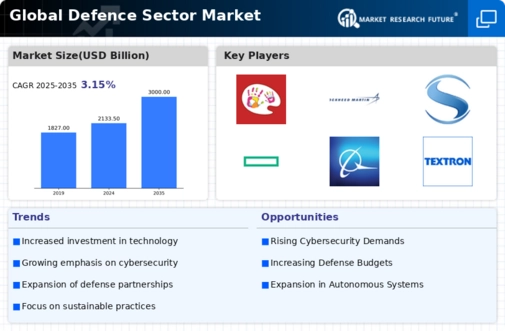

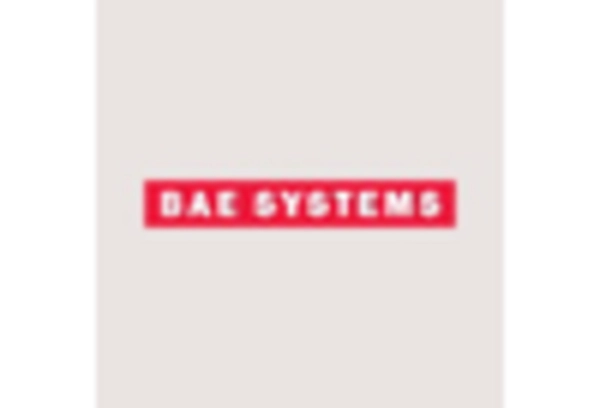

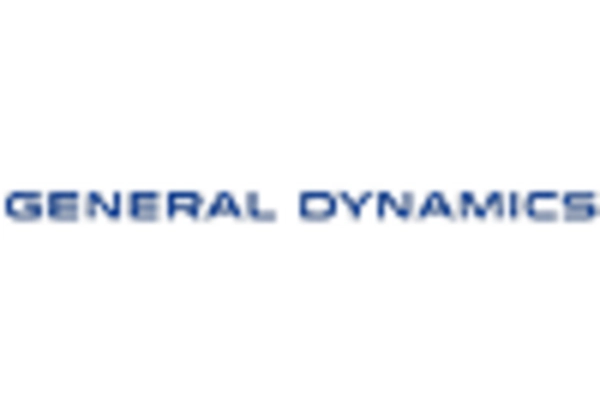
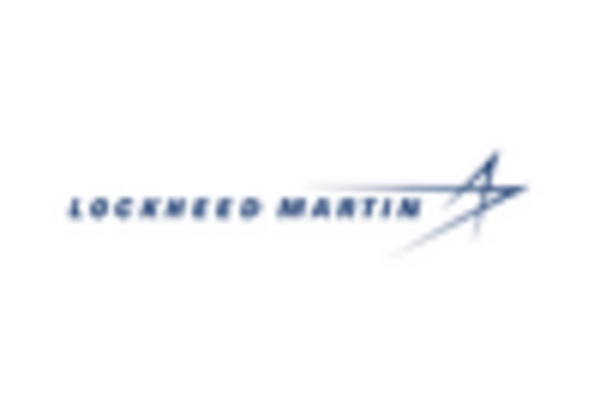

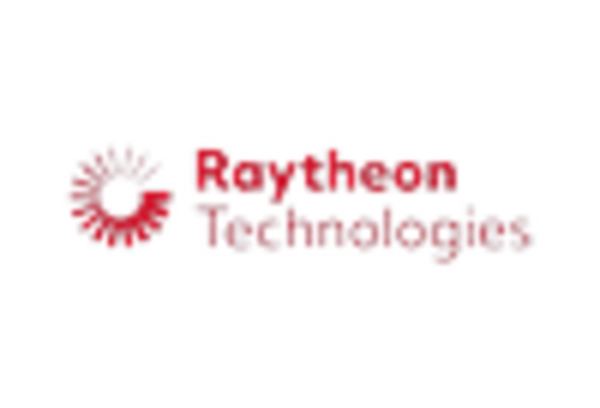








Leave a Comment